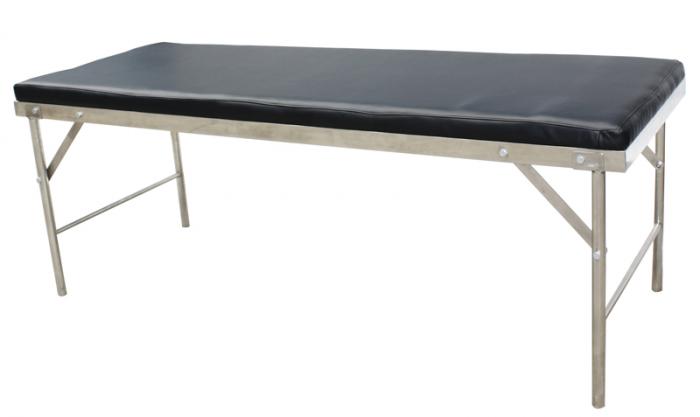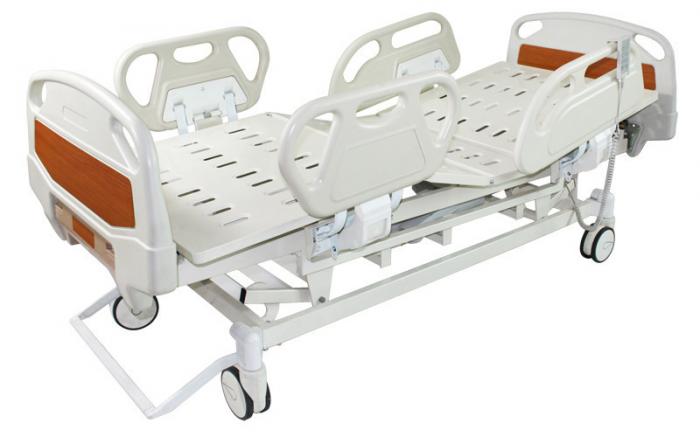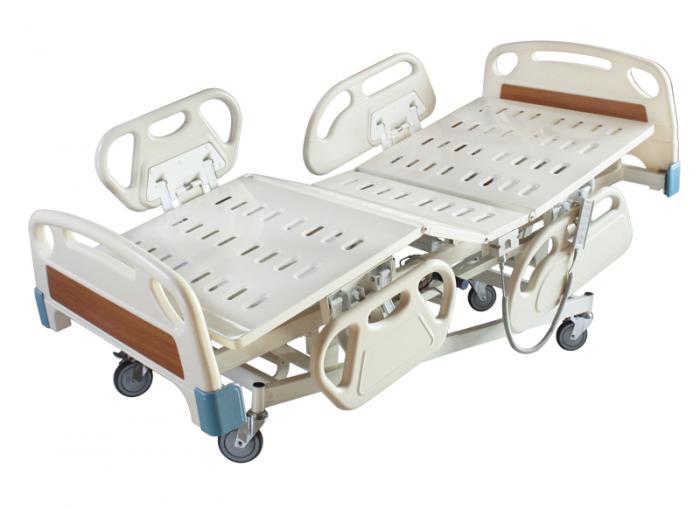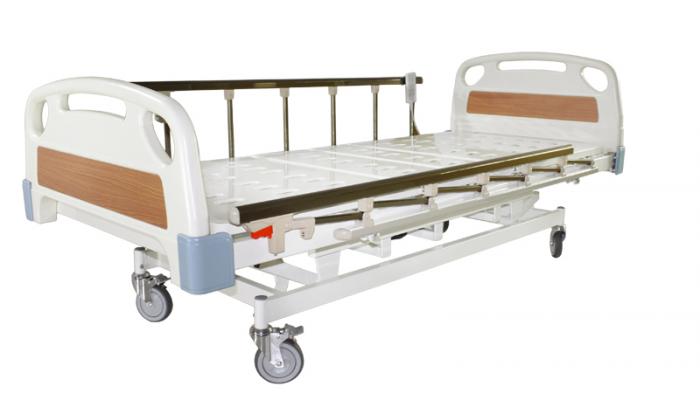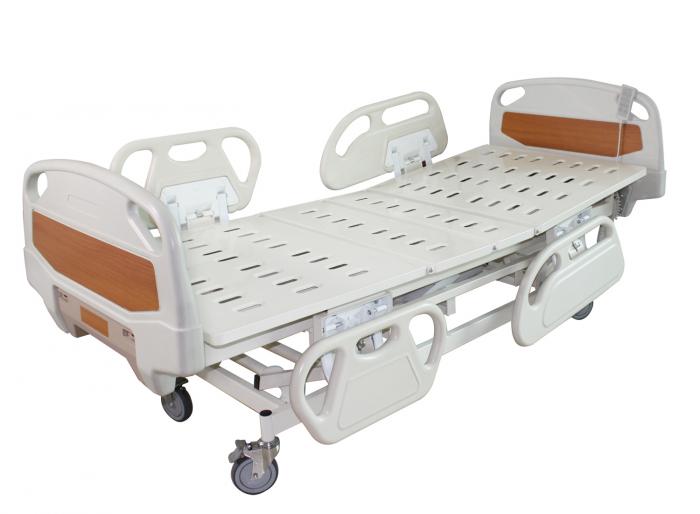| Name: | Medical Examination Table |
|---|---|
| Model No.: | BES-HB058 |
| Product Name: | Medical Exam Tables |
| Brand: | BESCO |
| MOQ: | 20 units |
| Keywords: | Medical Exam Tables,Treatment Tables & Medical Furniture,Manual Examination Tables for Clinics |
| Sample: | Available |
| Lead time: | 25 days |
| Payment Term: | T/T in advance |
| Country of Original: | China |
| Weight Capacity: | 200 kgs |
| Port of Loading: | Guangzhou |
| Factory Address: | Guangzhou |
| Office: | Zhengzhou,China |
Products Description
Stainless Steel Medical Examination Table
Material:Stainless steel
Standard accessory:40mm leather cover mattress
| Dimension | L1920*W600*H710mm |
| Material | Stainless steel, leather cover |
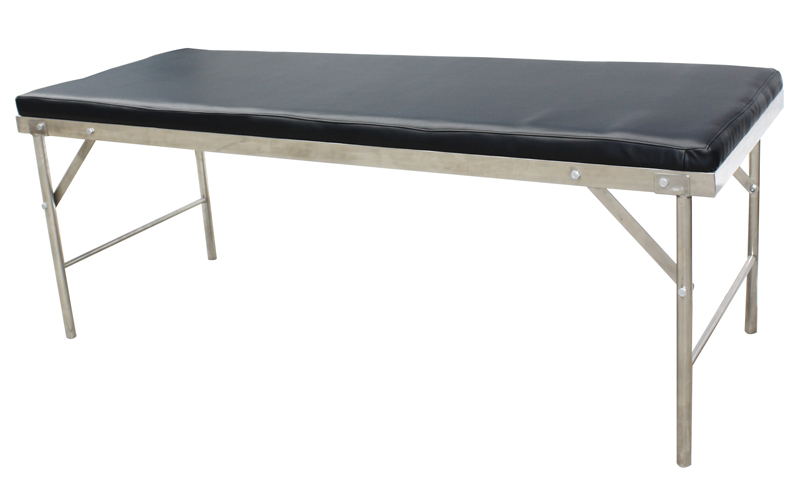
Stainless Steel Examination Bed
1. Overall size: 1920x600x710(mm).
2. Stainless steel frame.
3. Foam thickness 4cm, with waterproof,anti-rust polyethylene cover.
A Medical Examination Table, or exam table, is specialized furniture in healthcare settings that provides a comfortable and stable surface for patients to sit or lie on during medical examinations, procedures, and consultations. These tables come in various types, including fixed and adjustable models, and often feature cushioned surfaces, headrests, and sometimes stirrups or other attachments for specific medical needs.
Purpose
Patient Support:
The primary function is to support patients in different positions, such as supine (lying on the back), prone (lying on the stomach), or side-lying.
Examinations & Procedures:
They allow healthcare professionals to perform physical assessments, minor procedures, and provide treatments.
Comfort & Accessibility:
A cushioned surface and adjustable features enhance patient comfort and allow for easier patient access and positioning.
Common Features
Padded Surface:
Provides a comfortable surface for the patient.
Headrests & Footrests:
Adjustable components to fit various body types.
Stirrups:
Specialty leg supports used in gynecological or urological exams.
Adjusting Mechanisms:
Can be manual, hydraulic, or electric to change the table's height and position.
Storage:
Many tables include built-in cabinets, drawers, or shelves for medical supplies and tools.
Paper Roll Holder:
A roll of paper is often placed on the table and discarded after each patient to maintain hygiene.
Types of Exam Tables
Fixed Exam Tables:
Stationary tables, often with flat surfaces and built-in storage.
Adjustable Exam Tables:
Allow for height and position adjustments, improving patient access and examination flexibility.
Specialty Exam Tables:
Designed for specific medical fields, like gynecology, with features such as stirrups.
Portable Exam Tables:
Lightweight, foldable tables for mobile clinics, sports medicine, or home healthcare.
To use a medical examination table, you must first adjust its height, back, and seat using manual levers or an electric hand pendant for patient comfort and accessibility. Then, extend any leg rests or stirrups as needed by pulling them out and locking them into position. Finally, position the patient on the table, ensuring they are comfortable and stable, and then raise or lower the table to the appropriate height for the examination.
1. Adjust the Table Position
Height:
Lower the table to a height that is easy for the patient to get onto.
Backrest:
Adjust the backrest to an appropriate angle for the patient's position using the hand pendant or a manual lever.
Footrest:
Extend or adjust the footrest as needed by pulling it out.
Stirrups:
Pull the stirrup straight out, unfold the heel portion, and then lift slightly and move it to the desired position before pressing down to lock it.
2. Position the Patient
Assist the patient onto the table, ensuring their comfort.
Position the patient so their body is supported and stable on the table.
You may need to place a pillow under the patient's head for comfort.
3. Perform the Examination
Once the patient is in the desired position and the table is adjusted to a comfortable height for both you and the patient, you can proceed with the examination.
The table should provide stable support for the patient.
4. Lower the Table for Patient Departure
After the examination, lower the table to the lowest, most accessible height so the patient can exit the table easily.
